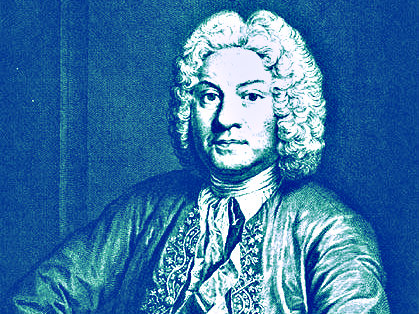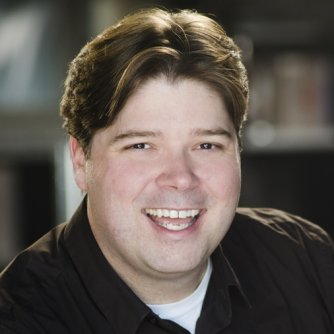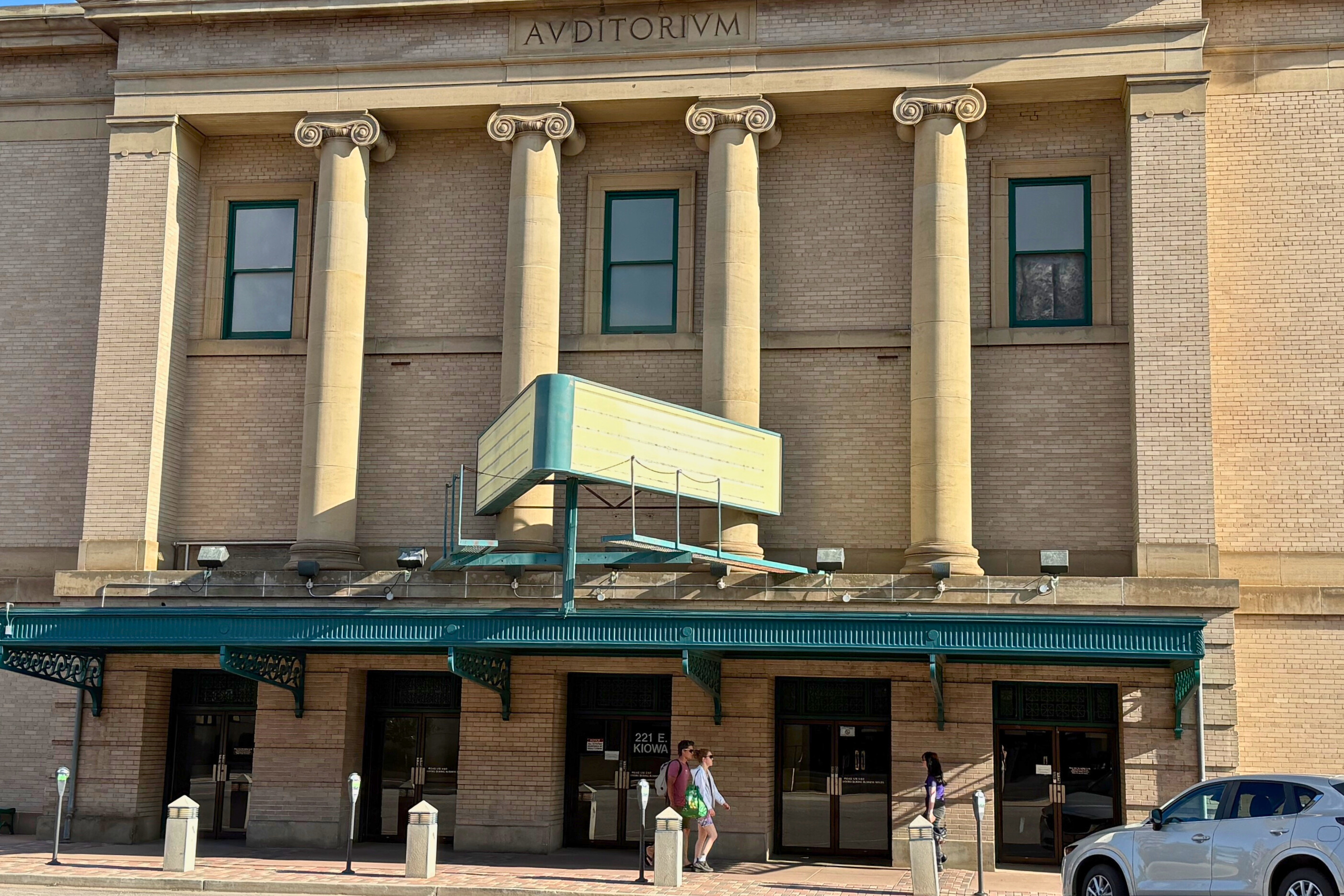

One key French composer will be well represented on the program even though he didn’t directly write any of the pieces. Baroque composer François Couperin, or Couperin le Grand, provided inspiration for Ravel’s “Le tombeau de Couperin” and source material for Adès’ “Three studies from Couperin.” Couperin’s work also informed the playing style Chopin used in his writing, as the blog Radio Chopin has observed.
It’s clever programming by the Colorado Symphony, who scheduled this as the second set of performances tying into the Denver Art Museum’s “Passport to Paris” exhibit.
By including pieces that reference Couperin, the symphony’s concert draws a tidy line from the Baroque era to Impressionist composers to modern classical music.
Couperin was a brilliant organist as well as a composer and harpsichordist who lived from 1668 to 1733. He wrote more than 200 pieces for harpsichord, many with descriptive titles (“The mysterious barricades,” “Wandering shadows”) that wouldn’t be out of place in a Debussy collection.
In “Le tombeau de Couperin,” Ravel’s opening section evokes “a busy Baroque keyboard prelude.” The piece, originally written for keyboard, is more of a tribute to the French music of the 18th century than a direct nod to Couperin, as CPR Classical’s Charley Samson has noted.
In “Three studies from Couperin,” Adès uses unique orchestration as well as the trills that were central to Baroque harpsichord music. From James M. Keller of the San Francisco Symphony:
Adès’s setting of this piece underscores Couperin’s sonic spirit by assigning much of the melodic activity to the winds, including the husky-timbred alto and bass flutes, and instructing the strings to install mutes. One might describe the overall sound as “tubular.” The percussion instruments provide surprising effects, with the marimba supporting the plummy sound and the metal bars shocking with their contrast.
The exquisiteness of Couperin’s style is reinforced by his abundant use of ornamentation. Indeed, modern eyes may initially find his notation hard to decipher since ornaments are attached to so many of his notes, in every case denoting a specific sort of turn, twist, or trill.
In many ways, the references to Couperin dovetail nicely with the “Court to Cafe” section of the DAM’s Passport to Paris exhibit. Court to Cafe illustrates how works by Rococo artist Francois Boucher and Baroque painter Nicolas Poussin cleared a path for Edgar Degas, Claude Monet and numerous French Impressionist painters.
Here's a Spotify playlist offering a crash course in Couperin’s work. (You'll need a Spotify account to listen.) There are a few signature harpsichord pieces, some chamber pieces, organ music and a few sacred choral works. There are also two energetic interpretations of Couperin’s work by the late French pianist Marcelle Meyer.
If you’re attending the Colorado Symphony concerts this weekend or listening to CPR Classical’s Friday broadcast, you won’t hear any of these Couperin pieces. But you will hear echoes of Couperin le Grand.
The "Return to Paris" concert will air live at 7:30 p.m. Friday on CPR Classical with host Charley Samson, one of several Colorado Symphony live broadcasts this season.









